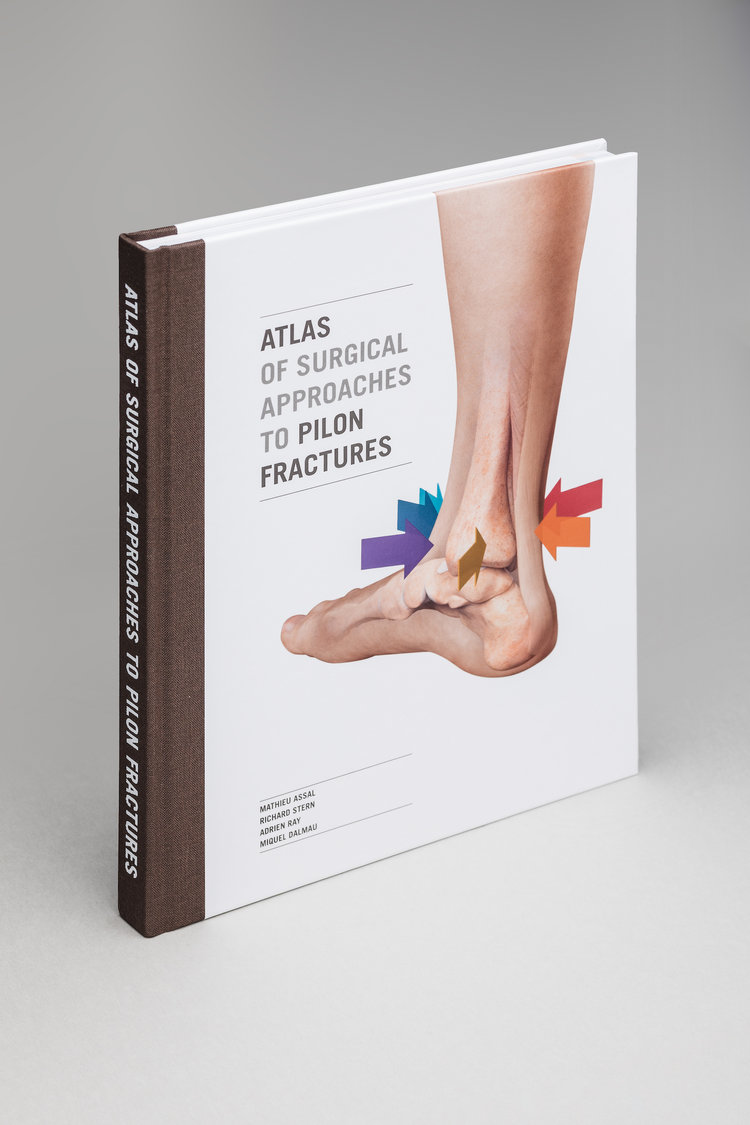
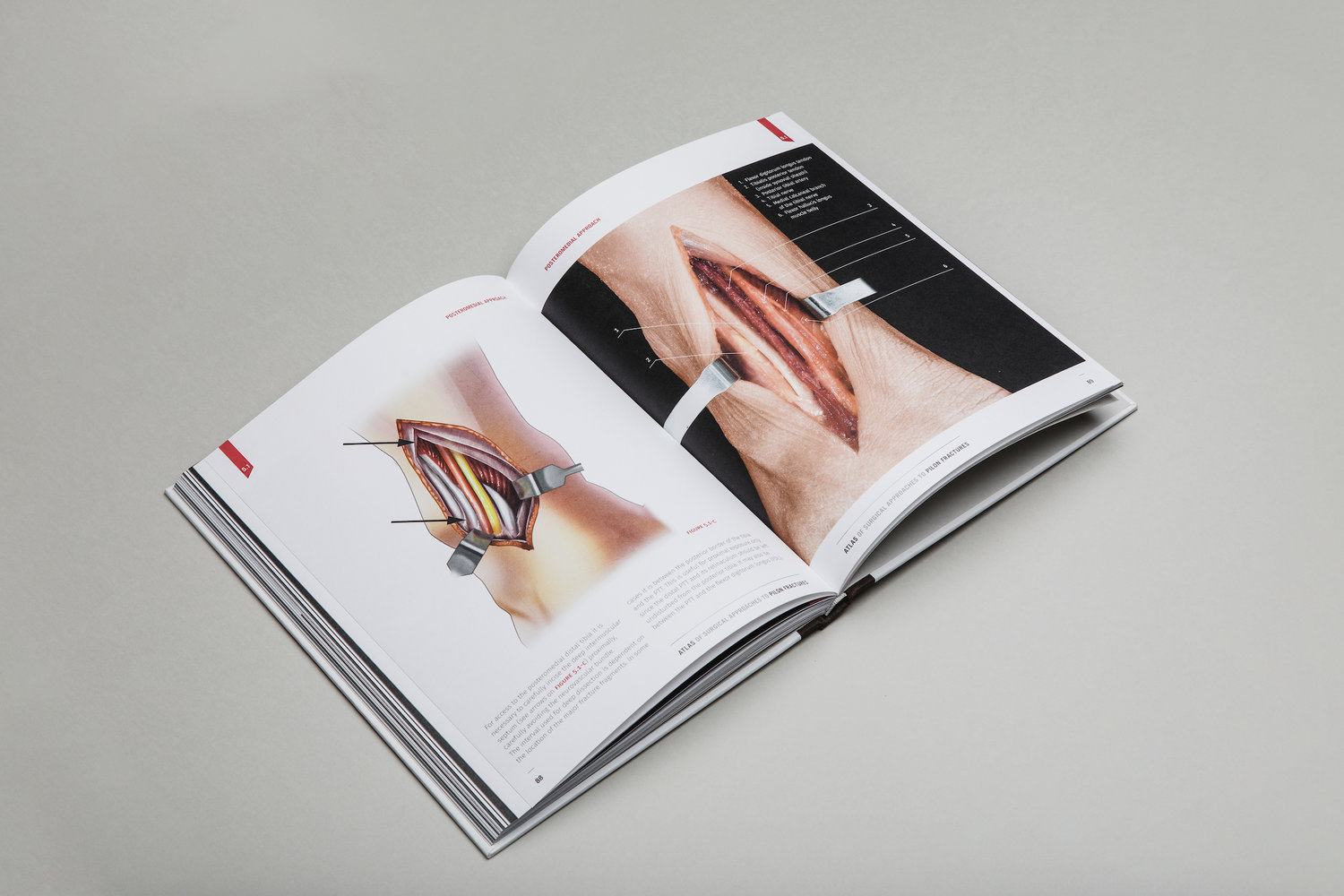
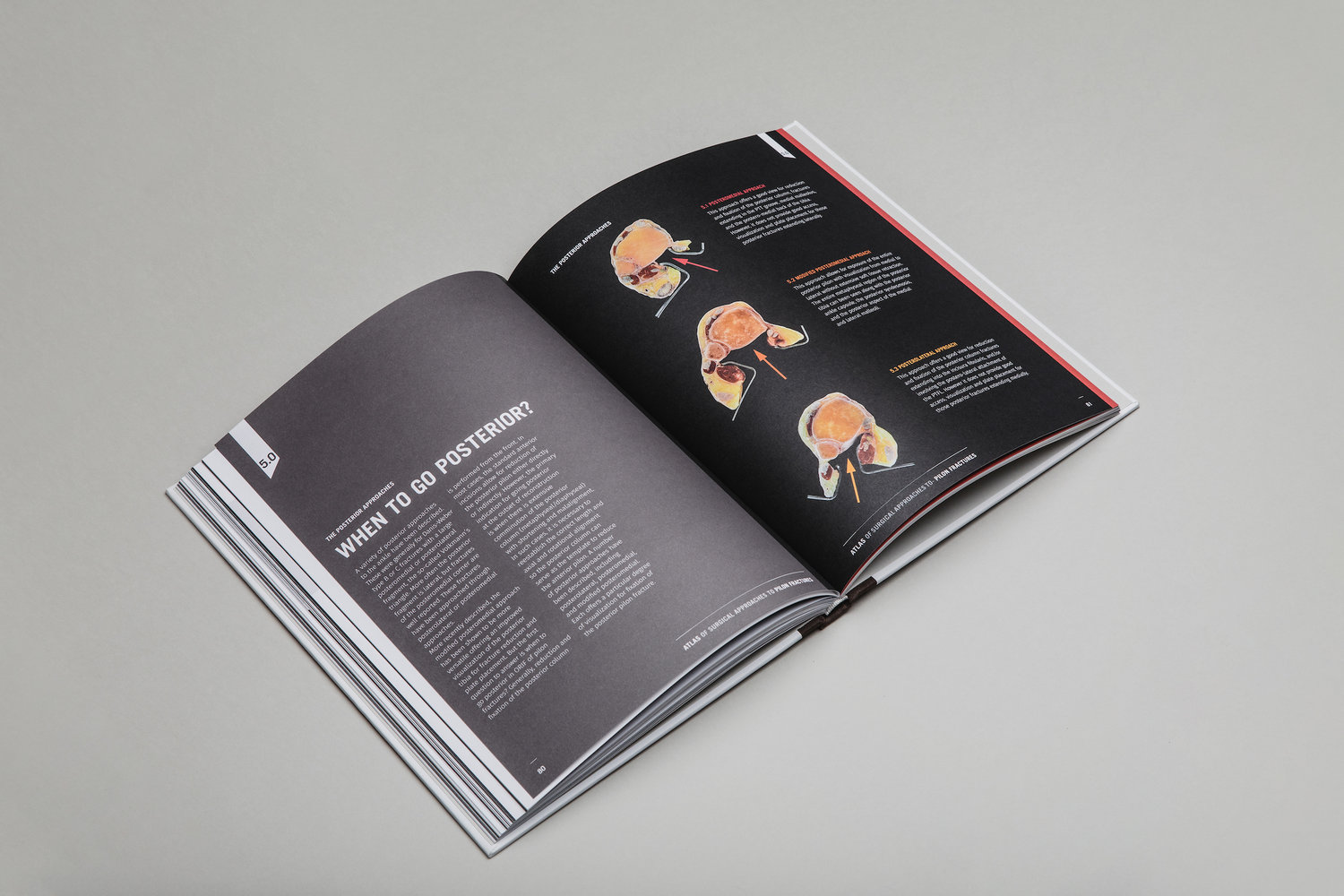
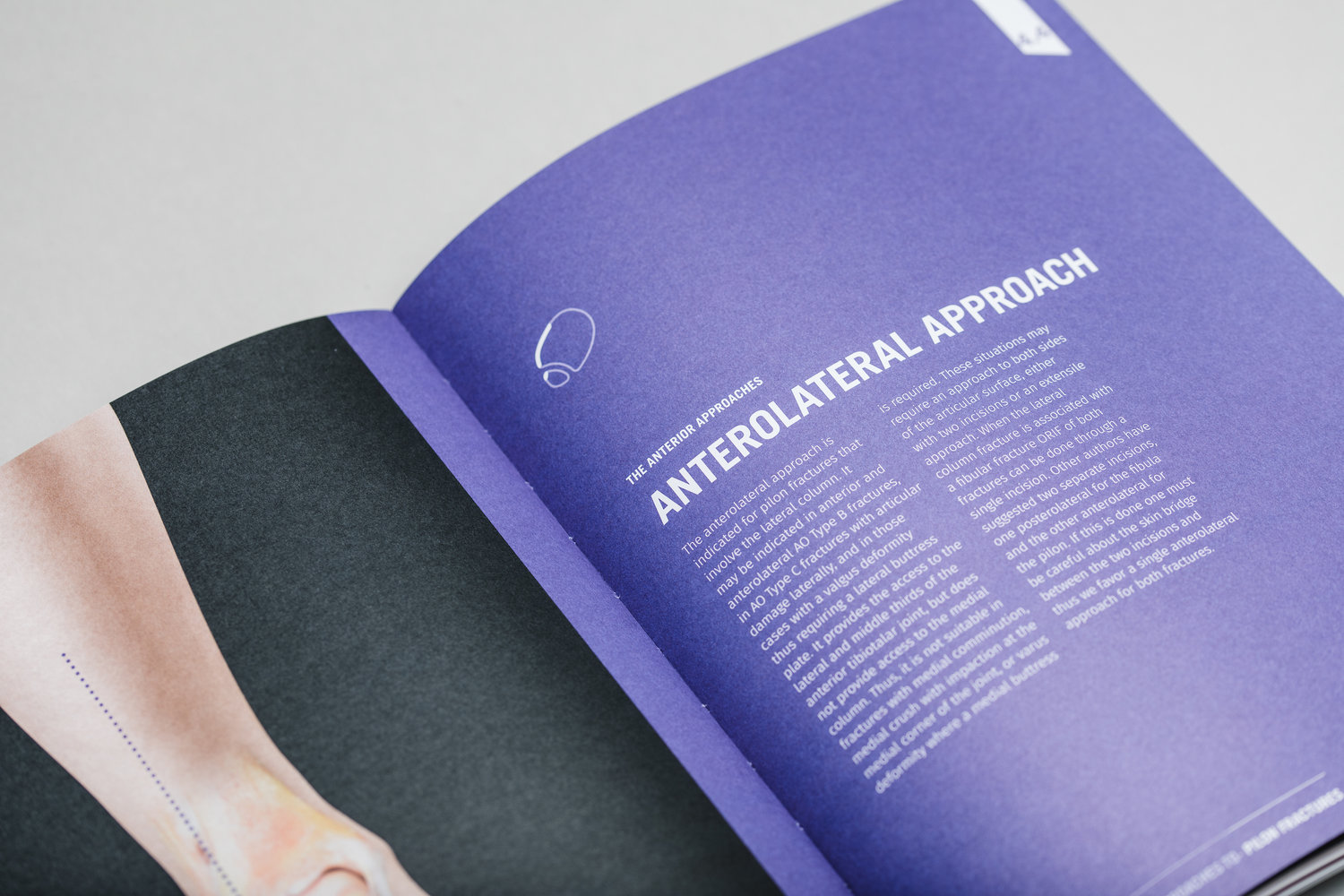
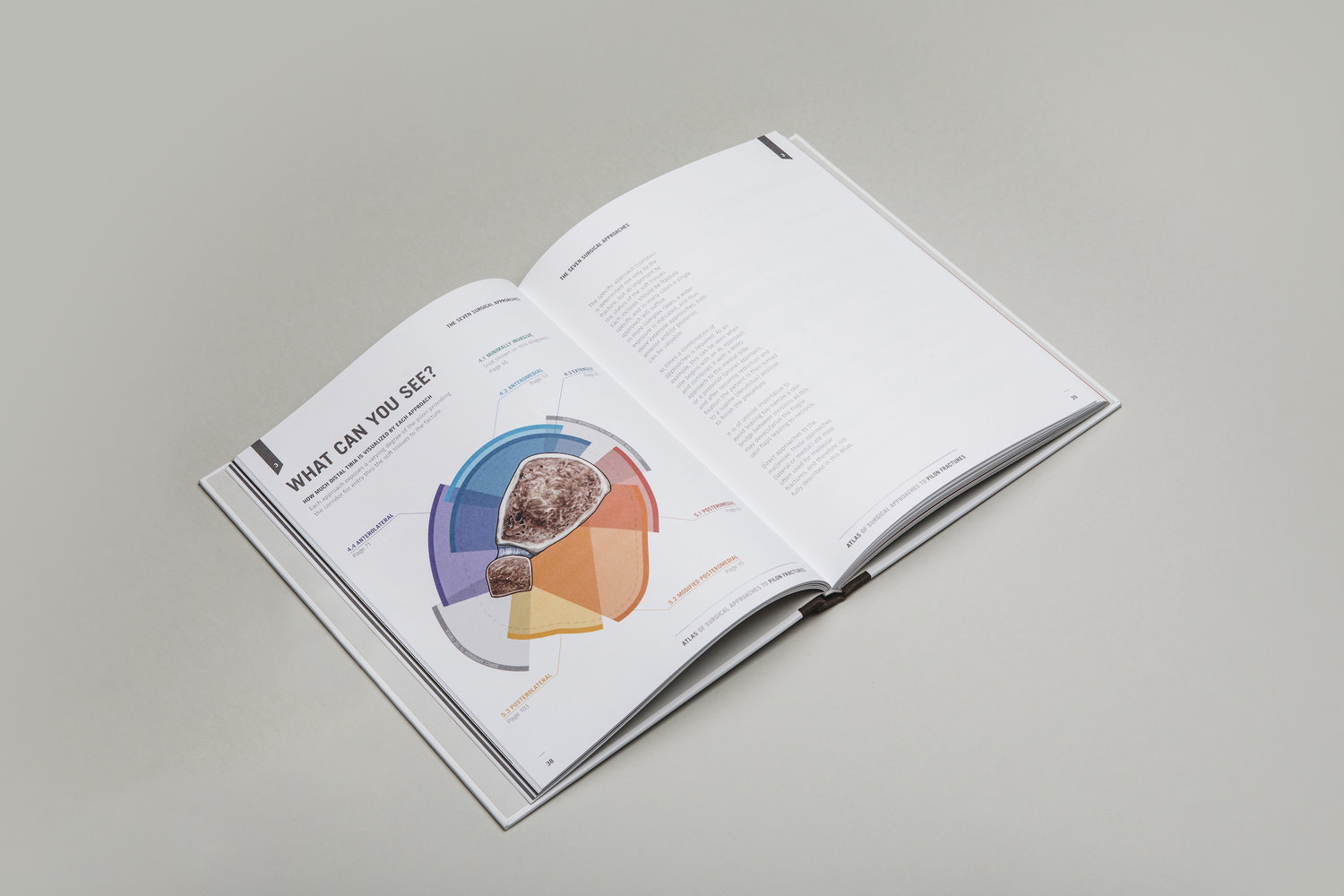
Just another WordPress site





Author: Adrien Ray
Hallux valgus, also known as bunion is a complex deformity whose origin is not yet fully understood. Bone architecture, genetic character, hyperlaxity and many other factors are recognized as contributing to its development. To date, however, no study has proven the role of high heels in the genesis of this pathology. However. by causing a displacement of the center of gravity previously, they increase the symptomatology and the pains, as the narrowness of these shoes. They therefore represent an aggravating factor in a context of hallux valgus already installed.
The surgical treatment of bunions has shown a great evolution since about twenty years. At the time, surgery was often complicated by recurrence, pain or development of other problems then little understood. Caution was necessary and patients were advised to wait until the symptoms were well advanced to discuss a correction. Currently, hallux valgus pathology is better understood, surgical bunion corrections are controlled and it is advisable to consult as soon as the discomfort or pain is established. It is also known that other problems, such as osteoarthritis, may arise if the deformity is left for years without correction.
If you ask a woman who has had a bunion (hallux valgus) surgery 20 years ago, there is a good chance she describes the experience as a real trauma, often compared to the pain of childbirth! Again, this vision is not at all short today. With the development of surgical and anesthetic techniques, micro-invasive surgery or improvement in follow-up, pain is clearly no longer a problem. Naturally, each person perceives the pain differently, but it is transitory, well managed by the drugs and one quickly describes a discomfort more than a true pain.
How many time did I heard this? FAKE NEWS!! There is currently NO technique of laser correction of bunions. Minimally invasive surgery, or percutaneous, allows to perform this surgery with one or more incisions of one millimeter. However, the bone movements made by these incisions are made by milling cutters at high speed and absolutely not laser.
Recurrence is indeed the main complication of bunion correction. Nevertheless, scientific literature and studies show a 7% recurrence rate which means a 93% chance of permanent correction. Of course, this rate may be modified by the severity of the deformity to correct, the surgical procedure quality, or other very technical issues. Still, a well chosen and performed correction leads to a long standing correction.
To know more about hallux valgus and bunions …
Or micro-invasive(percutaneous) foot surgery…
Author: Dr. Adrien Ray
Plantar fasciitis, sometimes called Lenoir’s thorn, is the main cause of talagias (heel pain) and represents 11-15% of specialized consultations. It corresponds to an attack of the plantar fascia (for more information, read our article … ). This fascia is a long fibrous structure, connecting the heel to the toes. The term Lenoir’s thorn is often used when referring to the injuries of athletes such as basketball players, distance runners or footballers. It usually presents as acute pain, very debilitating, increased by activity and particularly pronounced when waking up. The main risk is the chronization and therefore the installation of these pains on a daily basis. Although the existence of this pathology has been democratized, its origin remains poorly understood. The scientific community agrees to recognize multiple causes, related to many factors such as age, weight or heavy work. The consensus ends there, and the discussions remain passionate about its true nature.
When you find the suffix -ite at the end of a word, it corresponds to an inflammation. Conjunctivitis (conjunctiva), tendinitis (tendon) or sinusitis (sinus) are classic examples. The word fasciitis means “inflammation of a fascia”. This pathology has long been considered as such and described as a cascade of inflammatory phenomena due to local stress. However, it is difficult to explain that this “inflammation” does not resorb after a few days of rest, like most acute inflammations. Biopsies have been made on this structure and show little inflammation. Plantar fasciitis is not an inflammatory disease. We must then turn to a degenerative process.
Studies of Achilles tendon or other tendons have led to a better understanding of the phenomenon responsible for fasciitis. Repeated shocks cause microcracks or tears in the tendinous structures. It is then a delicate balance between the occurrence of these traumas and the ability of the body to heal. As long as the balance is preserved, the foot is painless. When the balance tilts in favor of the traumas, one notes a degeneration of the tissue concerned, a progressive destruction which can lead to a complete rupture and the calcification of the lesions (hence the appearance of a bone spine). Fasciitis is therefore a degenerative and non-inflammatory pathology.
The most exciting discussions about plantar fasciitis or Lenoir’s spine are currently focused on the role of the Achilles tendon. The latter is formed by the confluence of two calf muscles: the gastrocnemius and the soleus. These two muscles, very powerful, allow the flexion of the ankle. When the gastrocnemius is too short or too tense (short gastrocnemius syndrome), it leads to a cascade of retractions and in particular that of the plantar fascia. It is therefore intimately linked to the calf by a complex of structure called gastro-calcaneo-plantar system, so dear to the Spanish surgical school. Short gastrocnemius syndrome is common and seems to be responsible for a considerable number of foot pathologies. The DiGiovanni team showed in 2009 that 85% of patients with plantar fasciitis have a calf muscle retraction. These findings show that this very common pathology is perhaps the tip of a much more complex iceberg and that more extensive management should be offered to patients, focusing not only on the fascia, but also on the rest of musculature and statics. To learn more about plantar fasciitis …